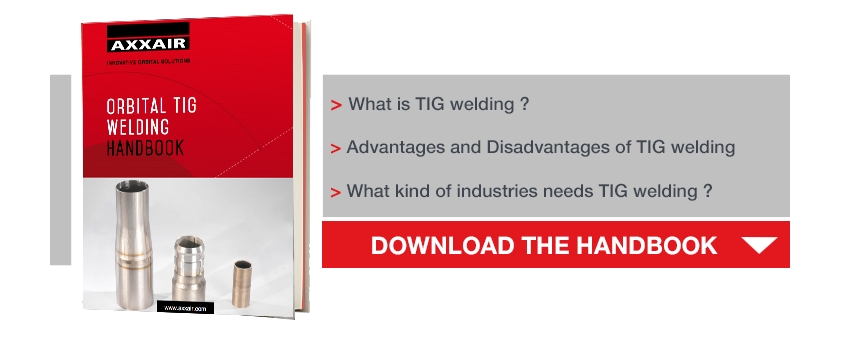To weld in confined spaces raises numerous problems, that they are connected to the comfort of the welders, but also to their safety... what are the solutions?
Some working conditions represent a danger to the health and safety of welders operating in confined spaces. This practice tends to increase the frequency of workplace accidents and workplace-related illnesses. One possible solution is to automate the task.
WORKING CONDITIONS IN CONFINED SPACES
- Dangers of inhalation
Inhalation of welding fumes can create dangerous situations, as fumes include gases that are generated as a result of chemical breakdowns involving the air and the various kinds of dust from the welded, molten metal or the electrode. Working conditions in confined spaces can lead to risks of asphyxiation, lack of oxygen, or lung conditions such as “metal fume fever.” - Electrical safety
In confined working conditions, hardware, electrical cables and other equipment can be poorly maintained. Contact with electrical conductors and exposed live parts can have fatal consequences, particularly in humid areas. - Fire safety
Welding in confined spaces involves danger as a result of exposure to hydrocarbons, methane, natural gas and flammable dust. Dust clouds can form when particles that were previously held in deposits on the floor or walls are disturbed and hang in the air. If this dust then comes into contact with a source of intense heat, such as a welding arc, sparks, or an open flame, there is potential for an explosion to occur. - Exposure to noise
Confined spaces amplify noise as a result of vibrations in the walls caused by sound waves. When noisy working conditions are created, tinnitus or hearing loss – which may be temporary or permanent – can result. - Ergonomic risks
Orbital welding in confined spaces forces welders to accept conditions that involve working in awkward positions for long periods, which results in musculoskeletal disorders.
Welders who are affected by difficult working conditions include those who carry out orbital welding in confined spaces, which involves them rotating a welding arc in an uninterrupted, 360-degree pattern around a fixed pipe or tube.
This practice is common in pipes used in the food, pharmaceuticals, aerospace, and chemical industries and requires extremely high standards of health and safety.
CONFINED SPACES: BENEFITS OF AUTOMATION
Automation of welding on pipes and cylinders in confined spaces reduces health and safety risks and improves working conditions as well as enhancing operator safety in a number of different respects:
- Automated orbital welding in confined spaces keeps the operator far from the welding arc and reduces fatigue. Remote control provides the user with the space and freedom of movement required to monitor the movement of the arc in complete safety, while enabling the operator to make any corrections that are required.
- It allows the welding machine to work safely in any position.
- It ensures that each weld is prepared to a perfect standard, better than a human could achieve in such restricted working conditions. These safety-related quality standards are particularly applicable to agribusiness, which has notably stringent safety standards. It prevents all irregularities, cracks and cavities that could provide an opportunity for the growth of pathogenic bacteria.
Thanks to automation, all stages in the process of performing orbital welding in confined spaces can be completed with high standards of quality, precision and safety, even in confined working conditions. Automation that spares welders from tension and fatigue has the beneficial effect of freeing operators to focus their full attention on the job at hand.



